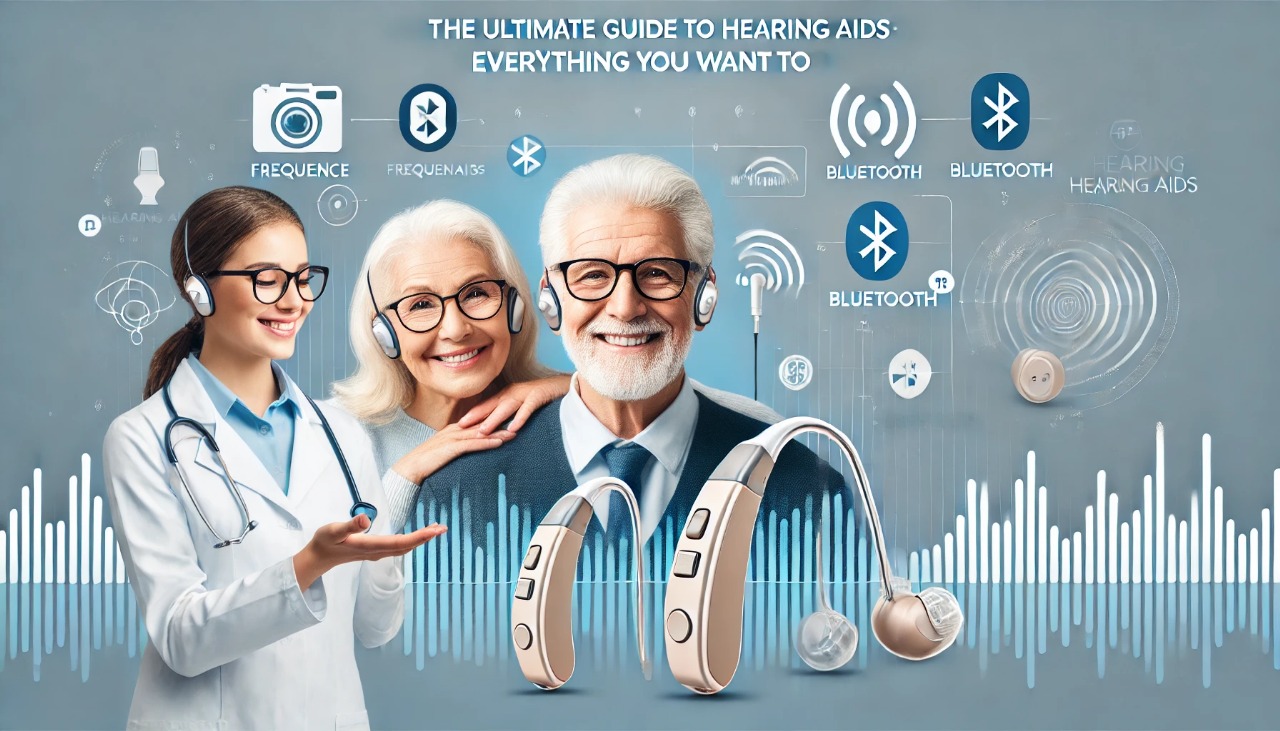Do you know that more than 1.5 billion people worldwide suffer from hearing loss to some extent? Nevertheless, only a fraction of them use hearing devices. If you are struggling with listening difficulties, you are not alone – and modern hearing devices are more advanced and accessible than ever.
The hearing device is no longer heavy, old equipment. Today’s technology provides prudent, powerful, and AI-operated solutions that can dramatically improve the quality of life. In this article, we will find out how hearing devices matter, how to choose their major benefits and correct ones, and how to choose future trends shaping this essential technique.
Why does the hearing machine matter?
Understanding the effect of hearing loss
Hearing loss is not just an inconvenience – it can reduce social isolation, cognitive decline, and quality of life. Studies show that untreated hearing loss can promote dementia, depression, and even balance issues.
Shravan instruments can restore communication, increase confidence, and improve mental welfare, leading to significant investment in both physical and emotional health.
Major benefits of hearing equipment
1. Better communication and relations
Hearing loss can stress relationships. Shravan devices help users stay engaged in conversation and increase family interactions, social functions, and workplace communications.
2. Increased cognitive health
Studies of institutions such as Johns Hopkins University indicate that wearing a hearing device can help reduce cognitive decline by keeping the brain sharp and busy.
3. Better overall quality of life
Users report more confidence, increased social activity, and an overall boost in happiness after using hearing devices.
4. Advanced technology for adaptation
Modern hearing instruments offer features such as Bluetooth connectivity, AI-operated sound adjustment, noise reduction, and rechargeable batteries, making them more efficient and adapted to the user.
How to choose the right hearing aid: a step-by-step guide
Get a hearing exam
- Go to an audiologist or hearing specialist for a professional evaluation.
- Online hearing tests can provide initial insight, but professional tests are important.
- Understand different types of hearing instruments.
- Back-ear (BTE): powerful, suitable for all ages, and best for severe hearing loss.
- In-the-age: Custom-fit and more prudent than BTE models.
- Receiver-in-Canal (RIC): a mixture of discretion and performance, ideal for light to moderate hearing loss.
- Completely Canal (CIC): Almost invisible, but best for mild hearing loss.
- Bluetooth compatibility for streaming calls and music.
- Directional microphone for noise environment.
- Rechargeable battery for convenience.
- Tinnitus masking for people ringing in the ears.
Testing and adjustment period
- Most hearing devices come with a test period – the use of this time to ensure comfort and effectiveness.
- Adjust the settings based on your experiences and the responses from your audiologist.
- Check for insurance and financial assistance.
- Some health insurance schemes cover hearing devices.
- Organizations such as the Starkey Hearing Foundation assist low-income individuals.
Real-world case study: How to change life
Meet Robert: To gain confidence through technology.
A 62-year-old teacher, Robert, had been struggling with progressive hearing loss over the years. His reluctance to receive a hearing device led to stressful interactions and social return. After trying a pair of Oticon hearing devices, which facilitate AI-powered sound enlargement, he saw a quick improvement in clarity and confidence.
Now, Robert actively participates in the discussion, enjoys music again, and feels more connected to his students and family.
General mistakes to avoid when purchasing a hearing aid
1. Leaving a professional hearing test
Many people buy an over-the-counter device without proper diagnosis, leading to ineffective results.
2. Choosing price on quality
While the budget is important, cheap models often lack essential features such as noise and speech clarity.
3. Not giving it enough time
It takes time for the hearing device to get used. It is normal to experience an adjustment period before obtaining complete comfort.
4. Neglected maintenance
Regular cleaning, battery checks, and software updates are important for optimal performance.
Future trends: What is next for hearing equipment?
1. AI-operated sound growth
Companies such as Widex and Starkey are developing auditory devices with machine learning capabilities, automatically adjusting in various environments for spontaneous hearing experiences.
2. Integration with smart devices
Expect more advanced Bluetooth features and compatibility with smart assistants such as Alexa, Siri, and Google Assistants.
3. Health monitoring capabilities
The future models will possibly include heart rate tracking, detection, and cognitive health monitoring.
4. Cheap and accessible solution
With the new FDA rules allowing for over-the-counter hearing AIDS, more affordable options will be available, which will make hearing care accessible to more people.
Final Idea: Is a hearing aid correct for you?
If you or a loved one is facing the difficulties of hearing, investing in a hearing aid can be a lifetime decision. With today’s technology, hearing devices provide unique comfort, discretion, and performance.
- Determine a hearing exam time with a certified audiologist.
- Explore top-rated brands such as Techno, Phonics, Starkey, and Widex.
- Be informed about the latest progress in hearing aid technology.
Hearing loss you should not take back. With the right hearing aid, you can find the sounds of life again and enjoy meaningful conversations once again!




